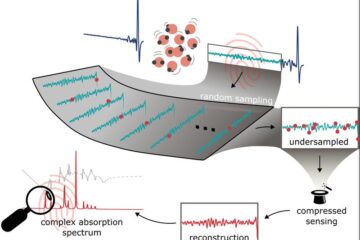Interactive 3-D atlas of mouse brain now available on web

Researchers at the U.S. Department of Energy’s Brookhaven National Laboratory have just launched a web-based 3-D digital atlas browser and database of the brain of a popular laboratory mouse (see http://www.bnl.gov/CTN/mouse/).
“Neuroscientists around the world can now download these extremely accurate anatomical templates and use them to map other data — such as which parts of the brain are metabolically active and where particular genes are expressed — and for making quantitative anatomical comparisons with other, genetically engineered mouse strains,” said project leader Helene Benveniste, who is a researcher in Brookhaven’s medical department and a professor of anesthesiology at Stony Brook University.
The database was created using high-resolution magnetic resonance (MR) microscopy at the University of Florida in collaboration with researchers from Brookhaven Lab’s Center for Translational Neuroimaging. The work was done in parallel with an international collaboration, the Mouse Phenome Database (MPD) project, which was created to establish a collection of baseline phenotypic data from commonly used inbred mice.
The new brain atlas database consists of 3-D anatomical data from 10 adult male mice of the strain C57BL/6J, and contains data on 20 segmented structures, including variability of brain structures across the strain, and downloadable visualization tools.
The research that makes up this database was published as a cover article in the October 2005 issue of the journal Neuroscience.
Media Contact
All latest news from the category: Health and Medicine
This subject area encompasses research and studies in the field of human medicine.
Among the wide-ranging list of topics covered here are anesthesiology, anatomy, surgery, human genetics, hygiene and environmental medicine, internal medicine, neurology, pharmacology, physiology, urology and dental medicine.
Newest articles

A novel universal light-based technique
…to control valley polarization in bulk materials. An international team of researchers reports in Nature a new method that achieves valley polarization in centrosymmetric bulk materials in a non-material-specific way…

How evolution has optimised the magnetic sensor in birds
The magnetic sense of migratory birds is probably based on the protein cryptochrome 4, and a genetic study has now provided further support for this theory. A team of researchers…

Molecular Fingerprint Beyond the Nyquist Frequency
Ultrafast laser spectroscopy allows the ascertainment of dynamics over extremely short time scales, making it a very useful tool in many scientific and industrial applications. A major disadvantage is the…





















